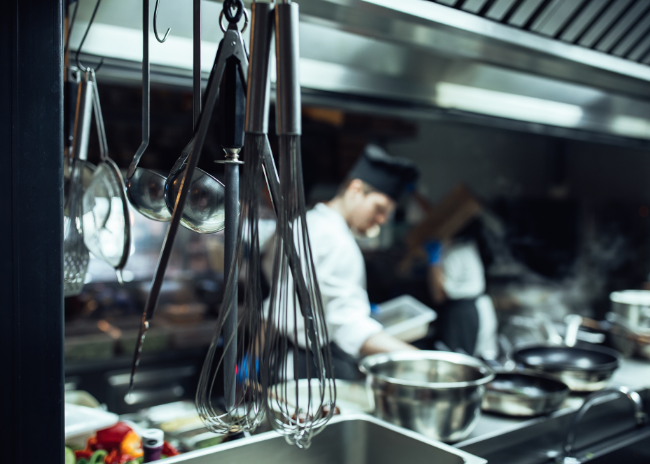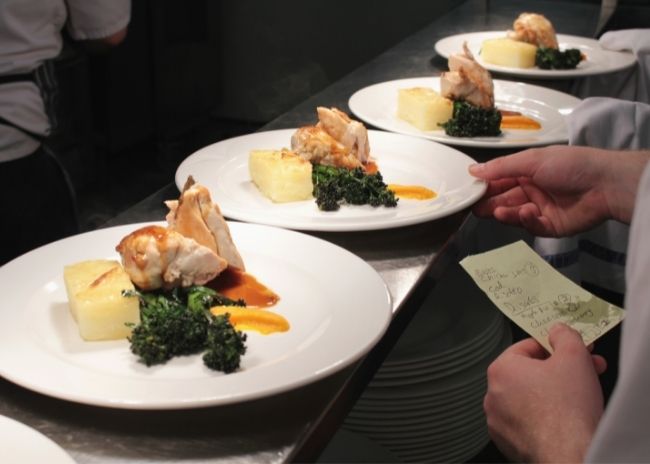Juan Martinez, FCSI, principal and founder of Profitality Labor Guru, an industrial engineering consulting company, sees an advantage to applying industrial engineering-based principles to foodservice design.
Early learnings show staying power, shifting strategies
Just like FBI agents follow the money when cracking a case, commercial kitchen designers follow the food when designing a space. Designers’ tracking of the workflow starts as far back as the loading dock, where they trace the food being received and follow the ingredients as staff prep, cook and serve the menu items in the front of the house.
Many restaurant operators opt to include cocktails-to-go as part of their permanent offering.
There’s probably nothing more American than a good old-fashioned hamburger (although, admittedly, hot dog makers might disagree). They appear on 51% of menus, according to Mike Kostyo, trendologist for research firm Datassential. That makes them the sixth most common entree option on menus. And few other menu items match their popularity: 85% of customers say they like or love burgers, according to Datassential research.
School servery design does not typically adhere to a one-size-fits-all approach. What works best for elementary students is not necessarily a fit for middle or high schoolers. And with differing foodservice space allocations, budgets and program specifications, K-12 servery formats can take on seemingly endless variations.
From labor shortages to supply chain challenges to the need to innovate faster than ever, there’s no shortage of issues confronting today’s foodservice industry. A collection of foodservice designers and management advisory services consultants share their thoughts and perspectives on a variety of topics the industry faces.
As in other industry segments, trends already at work reshaping senior living foodservice prior to the pandemic have intensified in strategic importance over the past two years.
Chuck Schuler, MAS project manager, Cini•Little International Inc., suggests these four approaches to improving workflow:
Projects are picking up, people are patronizing restaurants again and travel plans are resuming. It’s easy to be optimistic right now. But, Daniel Bendas, managing partner of the hospitality consultancy Synergy Consultants, encourages a cautious approach.
Marleen St. Marie, design project manager, Cini•Little International Inc., shares five ways to improve kitchen workspaces:
At this point, it should come as no surprise that supply chain issues impact kitchen equipment repairs. The waits for some parts, though, are truly shocking.
Food trucks have become a popular option for those wanting to test a concept before making a bigger investment in a brick-and-mortar operation. And the benefits of being mobile are not just financial. Operators can try out different locations first. Menu experimentation is easier. Labor requirements are minimal, and supply issues can be more easily addressed.
Door-type dishwashers are a good mid-sized option for operations that can’t or don’t want to dedicate the pace to a flight-type unit and need more capacity than an undercounter. Here are a few tips to keeping these warewashers running smoothly.
The conversation about labor and space never seems to end. But, John Franke, founder/president of Franke Culinary Consulting LLC, based in Dallas, remains optimistic.
When the pandemic hit, self-serve foodservice options, including buffets, received unprecedented scrutiny.




















